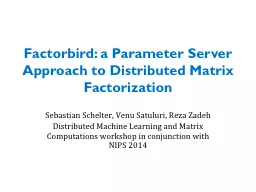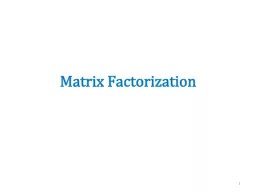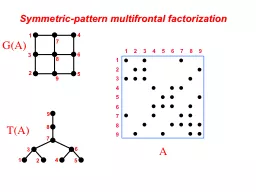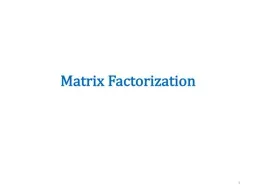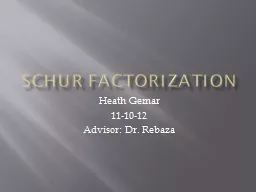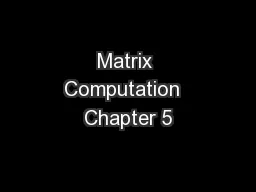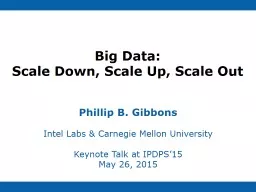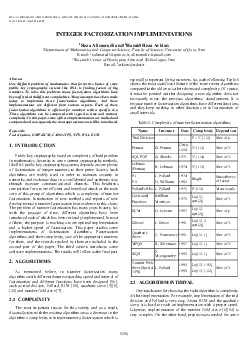PPT-Factorbird : a Parameter Server Approach to Distributed Matrix Factorization
Author : rayfantasy | Published Date : 2020-08-03
Sebastian Schelter Venu Satuluri Reza Zadeh Distributed Machine Learning and Matrix Computations workshop in conjunction with NIPS 2014 Latent Factor Models
Presentation Embed Code
Download Presentation
Download Presentation The PPT/PDF document "Factorbird : a Parameter Server Approach..." is the property of its rightful owner. Permission is granted to download and print the materials on this website for personal, non-commercial use only, and to display it on your personal computer provided you do not modify the materials and that you retain all copyright notices contained in the materials. By downloading content from our website, you accept the terms of this agreement.
Factorbird : a Parameter Server Approach to Distributed Matrix Factorization: Transcript
Download Rules Of Document
"Factorbird : a Parameter Server Approach to Distributed Matrix Factorization"The content belongs to its owner. You may download and print it for personal use, without modification, and keep all copyright notices. By downloading, you agree to these terms.
Related Documents

